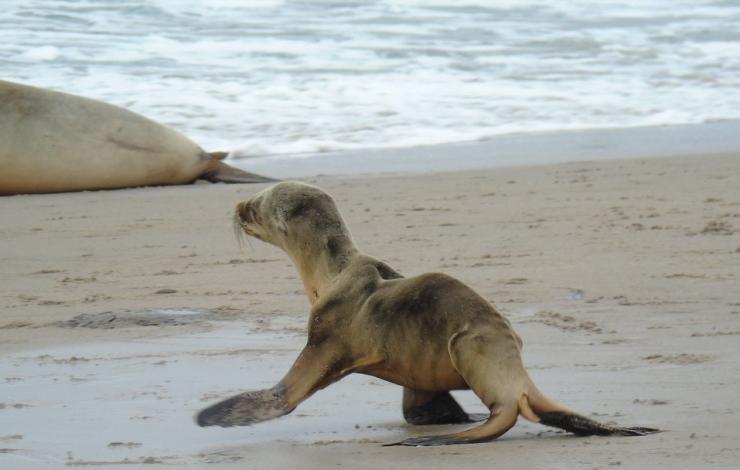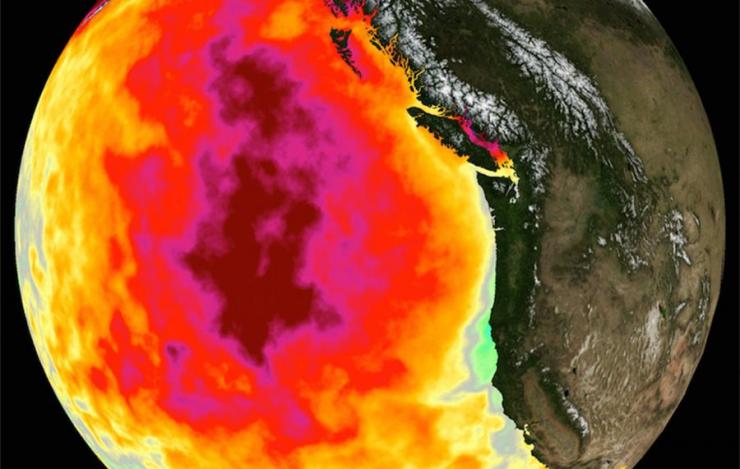The North Pacific has warmed significantly faster than any other ocean basin on Earth since 2013, enduring two major marine heat waves in five years that had devastating effects on marine mammals, seabirds, as well as fisheries and the communities that rely on them.
Oceanographers are asking "What’s going on in the North Pacific?"
"How long will sea surface temperatures continue to increase at the rate they have?" asked Michael McPhaden, senior scientist at NOAA's Pacific Marine Environmental Laboratory. "And what will the consequences be? Understanding the underlying physical processes better and developing ways to skillfully forecast the future evolution of this trend are really important."
In a new paper published in Nature Climate Change, McPhaden and a team of researchers from NOAA's Climate Prediction Center and National Centers for Environmental Information describe one of the processes driving the North Pacific's trajectory into uncharted waters.
Rising greenhouse gas concentrations in the atmosphere, they said, are driving more heat into the ocean's surface layer. This creates a greater temperature differential with deeper water and less turbulent mixing with colder water at depth, which causes the surface mixed layer to become thinner. Heat entering the ocean becomes trapped in this shallower layer, which further accelerates surface warming.
This dynamic also creates a negative feedback, albeit not nearly enough to counter the warming trend. Warmer surface water evaporates more quickly, transferring heat back to the atmosphere and reducing the rate at which sea surface temperatures would otherwise rise.
The increase in global ocean temperature during the last few decades has been well documented. Sea surface temperatures increased during the 20th century and continue to rise. Sea surface temperature has been consistently higher during the past three decades than at any other time since reliable observations began in 1880. The year 2023 was the warmest ever recorded.
Record high sea surface temperatures in 2023 were accompanied by marine heatwaves around the globe, including in much of the North Atlantic Ocean, parts of the Mediterranean Sea, Gulf of Mexico and the Caribbean Sea, Indian Ocean and North Pacific Ocean.
McPhaden noted that previous research has demonstrated that in most parts of the global ocean, the surface mixed layer is getting thinner due to global warming. "We can see evidence of this in other basins," he said. "so there must be something else going on to distinguish the North Pacific."
How much of this accelerated warming results from processes internal to the North Pacific as opposed to remote forcing from higher or lower latitudes, or from other ocean basins, is an open question, he said.
"Whatever the ultimate causes, this temperature rise can’t continue forever at the current rate," said McPhaden. "What will the North Pacific look like 10-20 years from now? The rate of warming may slow down or plateau, but in either case we will need an improved decadal forecast system to help us prepare for that future."




